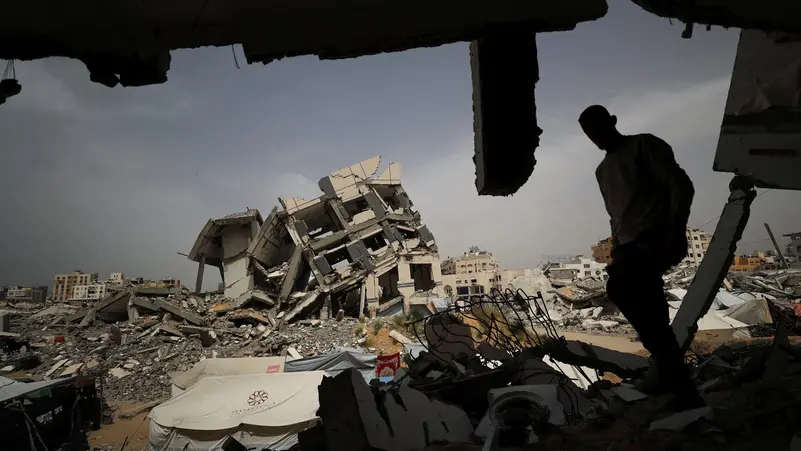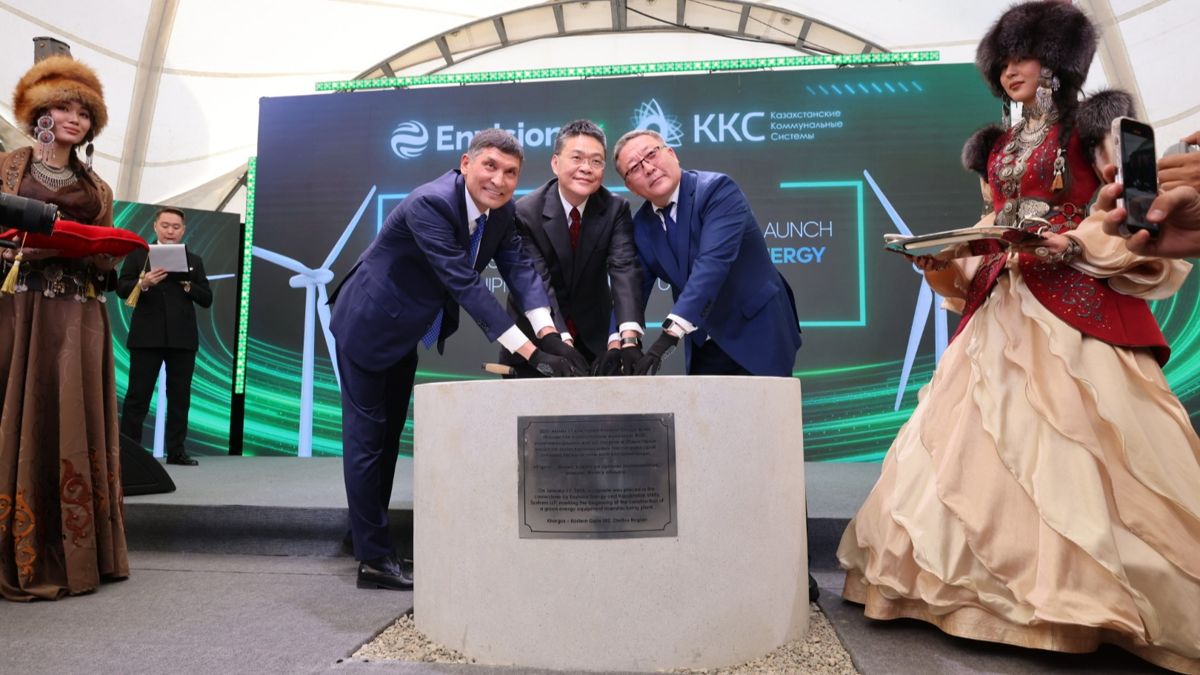The recent escalation in Gaza has left the region in ruins, prompting discussions among experts about the feasibility of recovery. A comprehensive reconstruction blueprint is essential if Gaza is to rise from the ash of war. Experts suggest that the first step involves understanding the historical context of the conflict, which has contributed to the current state of devastation. They believe that recognizing the roots of this protracted conflict is vital for any reconstruction efforts to be successful.
One pivotal aspect of rebuilding Gaza lies in the focus on economic recovery. Experts propose that a revitalized economy can create jobs and pave the way for sustainable growth. International aid is often a necessary mechanism to provide the support required for such initiatives. By fostering partnerships and engaging with local communities, the objective of a united front can help prevent future conflicts and ensure that the reconstruction efforts are inclusive.
The war has also highlighted the critical need for infrastructure development. As the building blocks for a resilient future, adequate infrastructure can facilitate access to education, health services, and basic needs, thus separating Gaza from the cycle of violence. Experts assert that an integrated approach to reconstruction will not only address the immediate needs but will also lay the groundwork for long-term stability and peace.
While the challenges are immense, with a focused strategy that incorporates lessons learned from the past, Gaza can rise from the ashes of war. A well-thought-out reconstruction plan will involve various sectors and stakeholders, ensuring lasting change and a hopeful future.
Historical Context: The Roots Of Conflict And War In Gaza
The roots of conflict in Gaza are deeply entrenched in a complex web of historical, political, and social factors. The ongoing war in this region has its origins in the broader Israeli-Palestinian conflict, which dates back over a century. At the heart of the issue is the struggle for land and national identity, with both Palestinians and Israelis asserting their claims over the same territory. Despite various attempts at peace, tensions have often escalated into violence, resulting in devastating consequences for the people of Gaza.
Various historical events, such as the 1948 Arab-Israeli War and subsequent conflicts, significantly shaped the current situation in Gaza. The establishment of the state of Israel displaced many Palestinians, leading to a refugee crisis that has persisted for generations. This displacement, coupled with economic hardships and restrictions, has fueled resentment and anger, perpetuating the cycle of war. As we examine the roots of this enduring conflict, it becomes clear that addressing these historical grievances is essential for any meaningful path towards peace and recovery in Gaza.
Today, as experts evaluate the possibility of rebuilding Gaza, it’s crucial to acknowledge these historical contexts. Only by understanding the profound impact of past events can Gaza begin to rise from the war’s ashes with a well-informed reconstruction blueprint.
Experts Weigh In: Analyzing Potential Reconstruction Strategies For Gaza
As Gaza grapples with the aftermath of relentless conflicts, experts have begun to outline potential strategies for reconstruction. The urgent need for a comprehensive plan stems from the extensive damage to infrastructure, homes, and the overall economy. With the scars of war still evident, the road to recovery is riddled with obstacles. Yet, many experts believe that with targeted efforts and international collaboration, Gaza can emerge stronger.
In order to effectively rebuild, it is paramount to understand the roots that led to these repeated cycles of war. This historical context is critical as it can inform future policies that aim to separate political agendas from humanitarian needs. Experts suggest focusing on community involvement, ensuring that the voices of those most affected are heard in the decision-making process.
Furthering this discourse, the implementation of economic initiatives that uplift local businesses and create jobs is essential. Not only will this help in stabilizing Gaza’s economy, but it will also foster a sense of community resilience. Rebuilding infrastructure like schools, hospitals, and roads is crucial in restoring daily life, and comprehensive plans must be laid out to address these pressing needs.
Experts emphasize that successful reconstruction strategies for Gaza must align with sustainable development goals, ensuring that recovery is not just a temporary fix but a long-term solution to prevent future turmoil. International aid plays a vital role in this recovery process, and there needs to be a unified effort to sustain support for Gaza’s development in a meaningful and effective way.
The path may be challenging, but with the right strategies, Gaza can rise from the ashes of war, paving the way for a brighter and more stable future.
Economic Recovery: How To Revitalize Gaza Post-War
The economic recovery of Gaza post-war is a complex issue that requires a multifaceted approach. Following years of conflict, the region has faced devastating economic challenges. To revitalize Gaza, it is essential to focus on infrastructure development, job creation, and fostering a resilient market economy. Experts believe that rebuilding the infrastructure will not only provide immediate employment opportunities but will also create a foundation for long-term growth.
Gaza has been heavily impacted by the war, resulting in widespread destruction and displacement. The international community plays a crucial role in facilitating the necessary funding to support recovery efforts. Without a concerted effort to invest in key sectors, such as agriculture, manufacturing, and services, the chances of achieving sustainable economic recovery diminish significantly. Local businesses must also be encouraged to thrive, which can be achieved through favorable policies and support initiatives.
Another important aspect is the restoration of trade routes that have been disrupted due to the conflict. By enhancing connectivity with neighboring regions and easing restrictions, Gaza can re-establish its position in the economic landscape of the Mediterranean. This can lead to an influx of goods and services, aiding in the recovery process. Moreover, engaging the youth in vocational training programs will empower them with skills necessary to contribute to Gaza’s economy, thus fostering a resilient workforce.
Combating the economic trauma in Gaza requires a cooperative effort focused on long-term planning and immediate actions. Experts are optimistic that with the right strategies and collaboration between local governments, international organizations, and the private sector, Gaza can rise from the ashes of war, paving the way towards economic stability and prosperity.
Rebuilding Infrastructure: Essential Steps For Gaza’s Future
The process of rebuilding infrastructure in Gaza is a formidable challenge, yet it is essential for the region’s future. Following prolonged war, the devastation has left the area in ruins, with critical facilities such as hospitals, schools, and roads in dire need of repair. Experts argue that without a systematic approach to reconstruction, the possibility of Gaza emerging as a prosperous community is slim. Rebuilding these vital structures will not only provide immediate relief but also pave the way for long-term economic development.
One of the primary steps in this rebuilding process involves separate assessments of infrastructure needs. Authorities and organizations must identify which areas require urgent attention, focusing on critical services first. Investing in resilient infrastructure will be crucial in mitigating the impact of future conflicts and ensuring that the region can recover more swiftly next time. As we explore potential strategies for reconstructing Gaza, it’s imperative to include local voices in the decision-making process to foster a sense of ownership and commitment to the rebuilding efforts.
Moreover, partnerships with international organizations can provide both the necessary funding and technical expertise crucial for effective reconstruction. Programs aimed at rebuilding Gaza’s infrastructure should consider sustainability and the integration of green technologies. This approach is not only environmentally friendly but also supports economic recovery, creating jobs and boosting local economies.
As Gaza looks towards the future, the focus must remain on rebuilding infrastructure as a foundation for peace and stability. By prioritizing these essential steps, there is hope that Gaza can indeed rise from the ashes of war and create a more resilient society.





